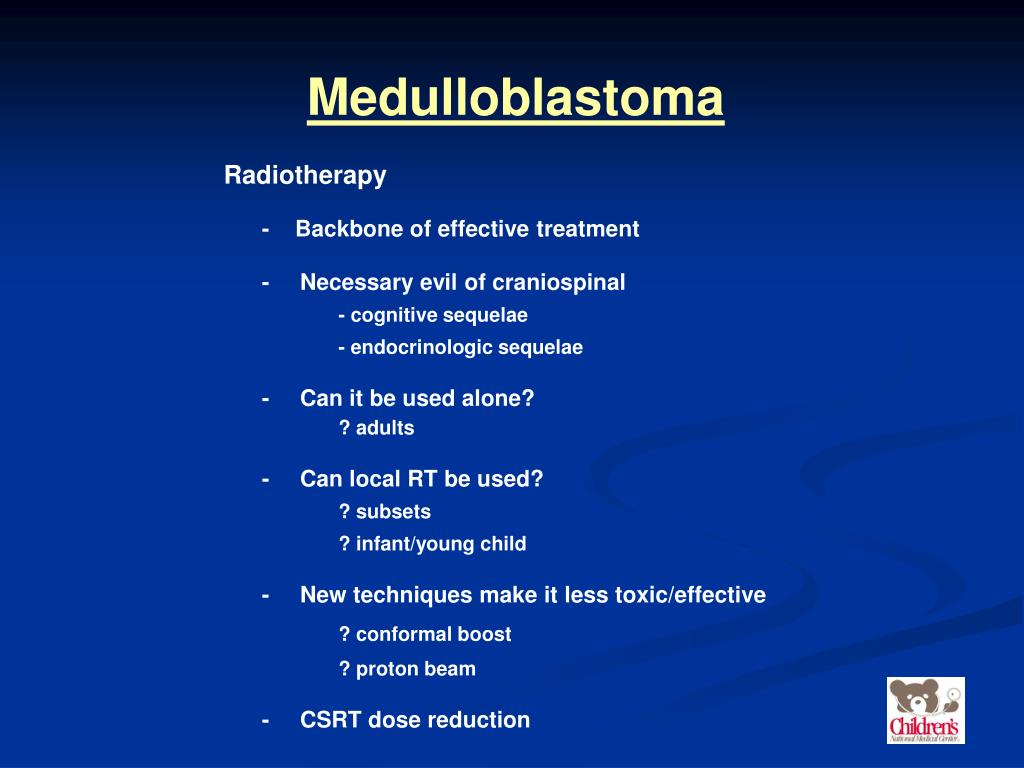
Diagnostic sensitivity of serum and lumbar CSF bHCG in newly diagnosed CNS germinoma. Psychiatric manifestations as initial presentation for pediatric CNS germ cell tumors, a case series. Packer RJ, Cohen BH, Cooney K, et al. Intracranial germ cell tumors. Basal ganglia germinoma in children with associated ipsilateral cerebral and brain stem hemiatrophy. Is biopsy needed to guide management for all patients with presumed intracranial ectopic germinomas.

Germinomas in the basal ganglia: magnetic resonance imaging classification and the prognosis. Radiologic features of primary intracranial ectopic germinomas: case reports and literature review. Wong TT, Ho DM, Chang TK, et al. Familial neurofibromatosis 1 with germinoma involving the basal ganglion and thalamus. Giambartolomei C, Mueller CM, Greene MH, et al. A mini-review of familial ovarian germ cell tumors: an additional manifestation of the familial testicular germ cell tumor syndrome. 2008 121(3–4):211–4.Ĭhik K, Li C, Shing MM, et al. Intracranial germ cell tumors in children with and without Down syndrome. Intracranial germ cell tumors: association with Klinefelter syndrome and sex chromosome aneuploidies. Surawicz TS, McCarthy BJ, Kupelian V, et al. Descriptive epidemiology of primary brain and CNS tumors: results from the Central Brain Tumor Registry of the United States, 1990–1994. Villano JL, Virk IY, Ramirez V, et al. Descriptive epidemiology of central nervous system germ cell tumors: nonpineal analysis. Malignant pineal germ-cell tumors: an analysis of cases from three tumor registries. Epidemiology of germ cell tumors in Asia of pineal region tumor. Epidemiology of central nervous system tumors in childhood and adolescence based on the new WHO classification. Intracranial germ-cell tumors: natural history and pathogenesis. Bifocal intracranial tumors of nongerminomatous germ cell etiology: diagnostic and therapeutic implications. Pediatric central nervous system germ cell tumors: a review. Primary CNS germ cell tumors in Japan and the United States: an analysis of 4 tumor registries. There is not a standard of care for recurrent germ cell tumors though high-dose chemotherapy and re-irradiation may play a role. Long-term survivors may have changes in quality of life, neurocognition, and endocrine function.
#Qarc medulloblastoma atlas trial#
The most recent Children’s Oncology Group trial has been studying smaller volumes and lower doses for those patients who respond well to neoadjuvant chemotherapy. Non-germinomatous germ cell tumors have a poorer prognosis, and best results have been achieved with chemotherapy and craniospinal irradiation. Chemotherapy only strategies that omit irradiation have not been proven to be satisfactory. Combination of irradiation with chemotherapy has permitted further decreases in dose. Further reduction to focal irradiation fields have resulted in an increase of intraventricular failure. For localized disease, fields have decreased from craniospinal irradiation to whole brain or whole ventricular fields. Germinomas are more common and can be cured with radiation therapy alone.


Recent molecular studies are shedding light on genes that may be involved in tumorigenesis. Histological subtype is an important factor for stratification of prognosis and treatment. There are two groups, germinomas and non-germinomatous germ cell tumors. In the past, these tumors were thought to be more common in East Asia, but more recent studies of larger databases suggest that the incidence is very similar in the United States and Japan. Overall, there is a male predominance, which is more pronounced for pineal gland tumors. These tumors most often occur in the pineal gland or suprasellar region. Intracranial germ cell tumors (IGCTs) are rare and are most common in childhood.


 0 kommentar(er)
0 kommentar(er)
